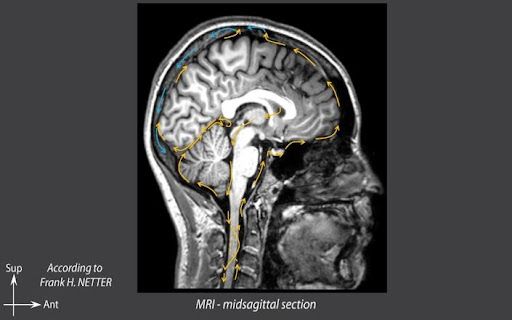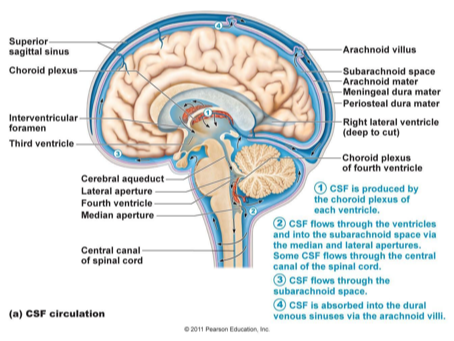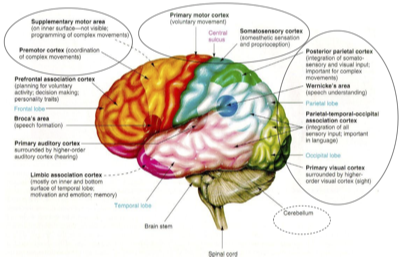
Offering programs to the chiropractic profession to improve their technical excellence. We are looking to those dedicated chiropractors and chiropractic students who want to focus their mastery on delivering the chiropractic adjustment. While the triad for professional growth includes art, science, and philosophy, our programs are heavily weighted in the art and science of chiropractic.
The Institute is excited to announce our next premier online program:
CSF the Lifeblood of the Central Nervous System (CNS)
DO YOU HAVE PATIENTS THAT ARE SLOW TO RESPOND TO CARE, HAVE CHRONIC UNRESOLVED HEALTH CHALLENGES, AUTOIMMUNE OR INFLAMMATORY PROCESSES?
00
DAYS
00
HOURS
00
MINS
00
SECS

“WE BELIEVE THAT FOR EVERY NEUROLOGICAL DISEASE THAT HAS AN IMMUNE COMPONENT TO IT, THESE VESSELS MAY PLAY A MAJOR ROLE.”
Cerebrospinal fluid (CSF) is contained within the ventricles of the brain and the subarachnoid spaces of the cranium and spine.
It performs vital functions, including providing nourishment, waste removal, and protection to the brain.
The constant secretion of CSF contributes to complete CSF renewal four to five times per 24-hour period in the average young adult.
The reduction of CSF turnover contributes to the accumulation of toxins, metabolites neurodevelopmental, autoimmune, and neurodegenerative diseases.

“We may regard the CSF as the equivalent of a lymphatic system, carrying away from the cranial and spinal systems substances that would not be able to leave at significant rates otherwise.”
Improper CSF flow may have downstream effects on the developing brain; it could play a role in the emergence of autism symptoms and neurodevelopmental issues.
In this online course you will learn the importance of CSF in one’s overall health, how to evaluate CSF imbalances and techniques to balance, increase and move CSF through the dura meningeal system.
Classes include:
- CSF and Its Effects on the Central Nervous System
- CSF and Primary and Secondary Motion
- Facial Planes, Muscles, and Ligaments
- Key Continuities of the Dural meningeal System
- Cranial Dural Mechanics
Cranial Techniques to Balance CSF Mechanics
- Cranial Rhythm Impulse Technique and CSF Balancing Technique
- CSF Regulation Technique
- Occipital Pump and Spread and Temporal Bone Balancing
- Ventricular Bulb Technique
We will guide you through interactive modules, presentations, case studies, and practical demonstrations to enhance your learning experience. You will have the opportunity to develop your skills through hands-on exercises and calls to action (CTA), allowing you to apply your knowledge and gain confidence in your abilities
By the end of this course, you will more tools in your toolbox to help more patients with CNS issues related to CSF flow and distribution.
Join us on this exciting learning journey and take a significant step towards enhancing your professional practice!
You will receive 9 modules over a 9-week period.

Registration is Currently Closed
Join the waitlist to be notified when we open registration.
"These trainings have provided me with guidance and certainty where other techniques and courses have left me feeling unsatisfied."

Drs. Rosen and Watson met in 1978 in Chiropractic school and spent the rest of their lives dedicated to each other, their family and their profession.
Peak Potential Institute is Introducing ...
CSF: The Lifeblood of the Central Nervous System
For chiropractors who want to elevate their skills
Perfect for beginner, intermediate, and advanced chiropractors.



